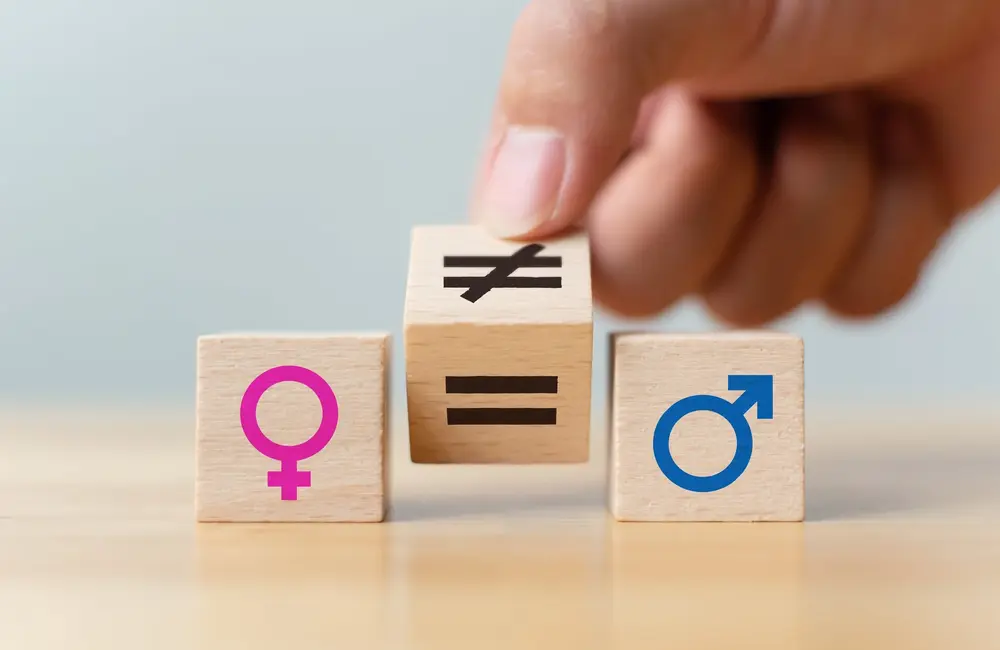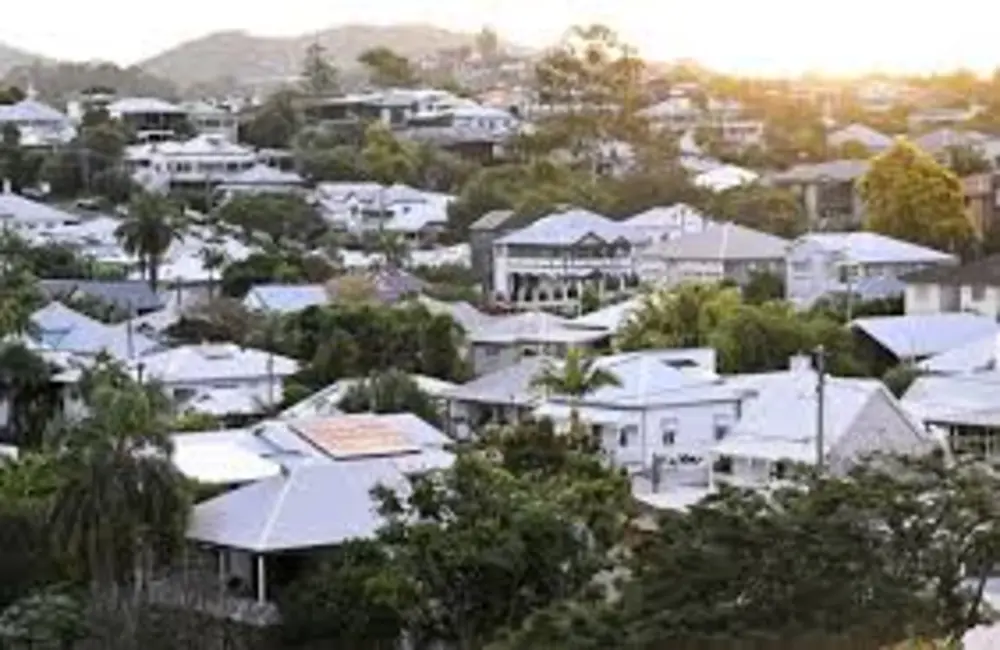The ABS published its national accounts including gross domestic product and consumption on Wednesday, noting that consumers continued to spend on discretionary services despite the RBA raising the cash rate for a fifth consecutive month this week. A hot Australian economy and rising rates raise two questions: Will the RBA hike for longer than expected, or hike by more?
The nation's gross domestic product (GDP) grew by 0.9% lifting growth in the past 12 months to 0.2% by June, the ABS said. Over the year, GDP surged 3.6%, the fastest on-year increase since 2011-12. Private demand was one of the biggest contributors to the lift in GDP over the June quarter. Private demand was up 0.9 per cent in the quarter on a seasonally adjusted basis due to an increase in household consumption, but that was slightly softer growth compared with private demand in the March quarter (up 1.2 per cent). According to the ABS, growth in household consumption over the quarter was led by increased spending on discretionary services. Goods consumption was little changed in the June quarter but service consumption rose by 3.6 per cent.
Despite the hot read in service consumption growth, AMP Capital chief economist Shane Oliver isn't fretting over the RBA suddenly changing their preference.
“The data is broadly in line with RBNZ’s forecast,” he says.
The RBA only began to hike the cash rate in May this year, so the impact of the hikes would not have hit the quarter that hard, says Oliver. He says leading indicators are pointing to a different picture than that painted by GDP in June.
“More forward-looking things like consumer sentiment, some of the housing [indicators], they all point down,” from here, so “maybe it will slow here quite sharply,” he added.
That's a sentiment REA Group Economist Paul Ryan shares with the June GDP data in line with market expectations.
Service-sector consumer demand is rebounding in more than fits and starts after crashing during 2020’s June quarter. And as restrictions started to lift and some people got vaccinated, demand for travel services, restaurants and cafes began to rebound, with service consumption exceeding pre pandemic levels. There’s going to be a sort of release valve set loose of everyone who has been cooped up for two years in quarantine and stay-at-home mode, Oliver said. He predicts that total consumer spending will weaken on a monthly basis and sees distortions in service spending from the pandemic normalizing.
“Service spending is reaching the point where it’s pretty much played out. Goods spending is already close to its long-term trend,” he says.
Households will cut their spending on consumption
Ryan, like Oliver, believes that this year's rises in the cash rate were not reflected in the June quarter GDP figures that saw solid consumer spending. He also granted that expectations matter, noting that “some households may have cut back on spending in anticipation of higher rates.” But that’s not how household cash flow actually works, he added. Consumers have accumulated large savings buffers over the past couple of years that they can now use to spend.
As rates rise and savings buffers erode, Ryan thinks households will shift income away from spending. He put the high level of consumption down to a tight labour market that has translated into higher wages and record low interest rates.
“Spending that households have done over the last two years is as a result of extra disposable income that they have saved. So, there will be a bit of a jerk back from spending,” he says.
In his address on Thursday, Governor Philip Lowe also said the RBA's path back to higher rates will not be straight and would depend on how inflation and wages respond.
“How high interest rates need to be and how quickly we get there will be shaped by incoming data and our evolving outlook for inflation and the labor market,” he said.
He also conceded that the argument for a more gradual path for increasing interest rates has become more compelling as the cash rate moves up.
Given Oliver and Ryan’s prediction of a decline in spending over the next few months, which will see inflation starting to ease, the RBA has more of a case to decelerate its rate hikes than quicken them.

























